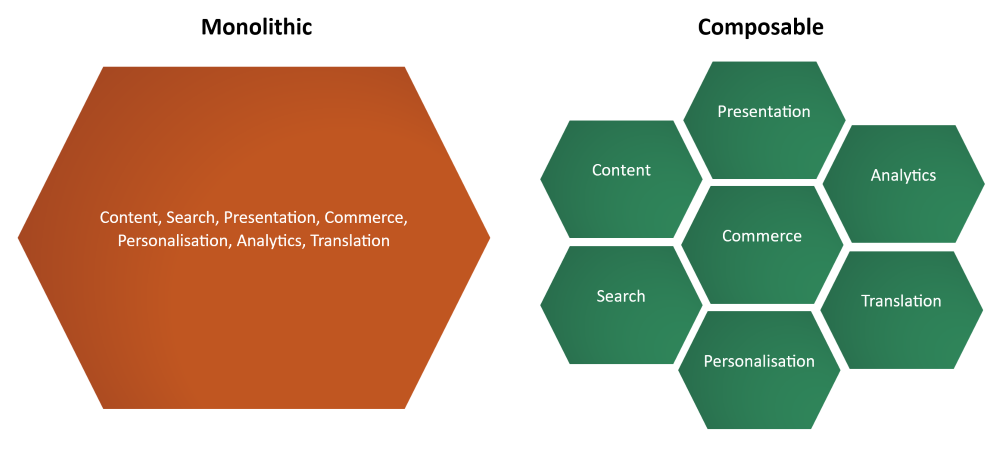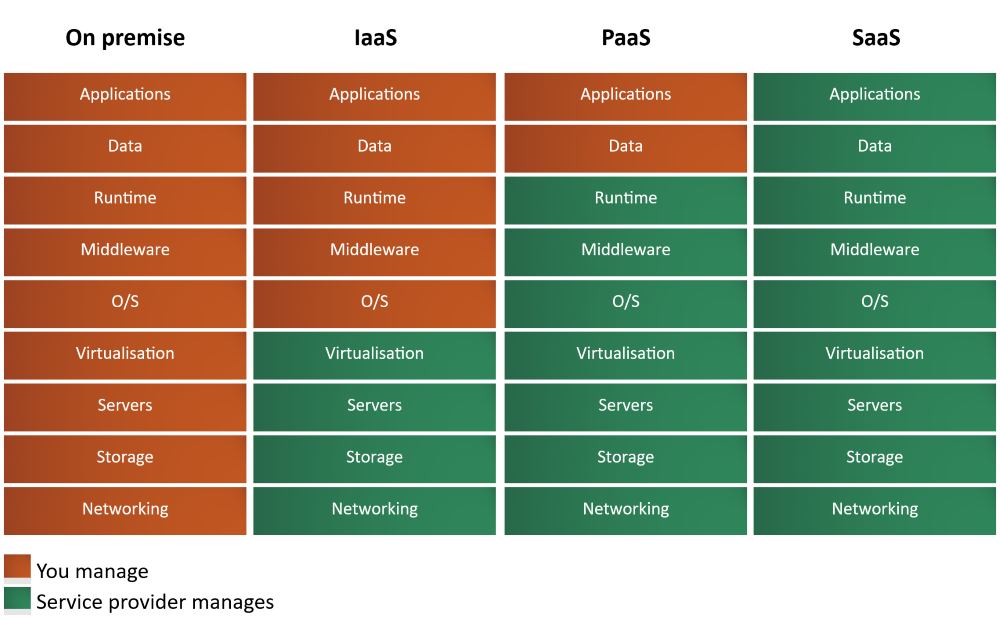Don’t let your critical infrastructure and software become obsolete




For a long time now, websites have played a vital role in almost any business – be it commerce, marketing, or content sites. And thus, it’s important that your investments in the website and the infrastructure match the value or the potential value they bring to your business.
A website should never be treated as a static entity, created by the tech team and then abandoned and left to the content editors to use for years to come. Such an approach will likely necessitate starting from scratch when your software reaches end of life. And in the meantime, you’ll miss out on the opportunities brought by new features and performance improvements that could potentially remove or optimise manual workflows or increase sales. You’ll find yourself stagnant, while your competitors enhance their businesses.
In this article we will not be focusing on what to do if you end up with an obsolete application, but instead on how not to get in this situation in the first place, by continuously staying up to date.
|
But… if you, for whatever reason, run a website or infrastructure that hasn’t been updated, we do have a few tips on how to approach the task of upgrading. Check out more on end of life 👉 Three steps towards lower-risk version upgrading. Alongside Umbraco, we recently gave a webinar showcasing examples on how to transition to a better setup and how Enterspeed can help you with the move. Check out the recording below. For now, though, let’s talk about what you can do to keep your applications up to date. |
Instead of hanging on to old legacy systems, you should aim to stay up to date.
But how, exactly, does one do that? 🤷
Well, both business requirements and IT move faster than ever before – and you need to structure your website and architecture in a way that helps you deal with the constantly changing requirements.
There’s a lot of options you can tap into that’ll aid your aim to stay up to date and keep up with the constantly changing requirements. Let’s go through some of them here.
The most common reasons for not updating infrastructure or software are lack of time (not prioritising it) or that the team doesn’t know ahead of time when updates are coming and thus can’t schedule for the necessary tasks in their busy calendars.
Both challenges can be solved by prioritisation and planning.
How each update should be prioritised depends on many things, like the nature of the update and your specific business needs. Does your team have other important tasks, does the update contain a critical security fix, or is it a long awaited and important feature? Depending on the update, it might not be crucial to update right after release, but it is important that the update gets done before your software is left behind.
And speaking of planning… you really do need to stay on top of information. Luckily there are many ways to do that. It could be reading tech blogs, following your vendors’ blog posts, news, and social media, participating in beta testing and so on. Staying informed gives you the insight to be proactive instead of reactive and it’ll often ease the update because you know what to expect (new features, bug fixes, or breaking changes).
Many vendors also send out information on email ahead of time or even has a fixed release cycle, so you know exactly when to set aside time for updating.
During the last couple of years, composable architecture has gained a lot of traction. As the options for digital experiences on the web are increasing and users have still higher expectations of e.g. content, commerce, search, personalisation, a composable architecture allows you to use best of breed. This means that you choose the CMS that is best suited for your content requirements, the commerce platform that is best suited for your commerce requirements, and so on.

This also means that you won’t need one big system to handle everything. It’s simply too difficult to upgrade. When you opt for multiple smaller systems, you can upgrade each part separately – and that is both simpler and less prone to error.
Be aware, though, that despite all the hype and talk, not all applications need to be composable, and the monolithic approach is still a valid approach in many cases. Use a composable architecture if it brings you value or helps you stay up to date, but don’t overengineer your application.
Cloud services is growing in numbers, and in many companies cloud service is the standard choice when new infrastructure or software is introduced.
Cloud services come in many sizes and as IaaS (infrastructure-as-a-Service), PaaS (platform-as-a-Service), and SaaS (software-as-a-Service). Especially PaaS and SaaS can help you in your quest to stay up to date because much of the maintenance work is managed by the service provider.
Did we, by the way, mention that Enterspeed is a SaaS product? 😉

With cloud services you get access to infrastructure or software over the internet, and you only pay for the services as long as you use them. This also means that you don’t need to think about hosting and keeping your servers and software updated. It’s mostly handled by the service provider. Instead of the time-consuming maintenance, you can focus on using the service to improve your business.
Going for cloud-based products often also sets you in a better position when it comes to scaling. It's easier to scale up or down depending on the load on your systems, and you don't have to set up new servers or turn off existing servers manually.
Here, you can dive a bit more into the benefits of breaking the update curve.
|
In this video with datrycs.com we discuss topics such as:
|
Earlier, we touched upon how a composable setup can help you with easier upgrades of your systems if done right. So, let’s dive a bit into that.
In a composable setup you can choose the best of breed systems that meet your requirements. While the advantages are plentiful, the downside is that you’ll need to integrate them.
When you begin integrating different systems, you risk ending up with an infrastructure that’s very tightly coupled and customised. And that can make it harder for you to upgrade the systems afterwards.
So how can you integrate the systems and still keep the various systems as standard and decoupled as possible?
One way to go is to use an orchestration tool. And Enterspeed could be the perfect tool for that 😘
With Enterspeed, you can use our integrations to keep your systems standard and decoupled. You can handle the orchestration by combining data from multiple sources inside Enterspeed, while keeping your systems easy to upgrade.
As an example, you can add our Umbraco package to your existing Umbraco site and have content automatically sent to Enterspeed. You can also define the output data to your frontend and have specific content types sent to Algolia for search, without having to write a single line of custom code in your Umbraco application.
That’s cool right?
Check out more on orchestration of composable data 👉 Content Federation: How to manage your composable stack

Loves building software that makes an impact on businesses. Untalented but happy ice hockey player (the beers just taste better in a locker room after a game...)
© 2020 - 2025 Enterspeed A/S. All rights reserved.
Made with ❤️ and ☕ in Denmark.